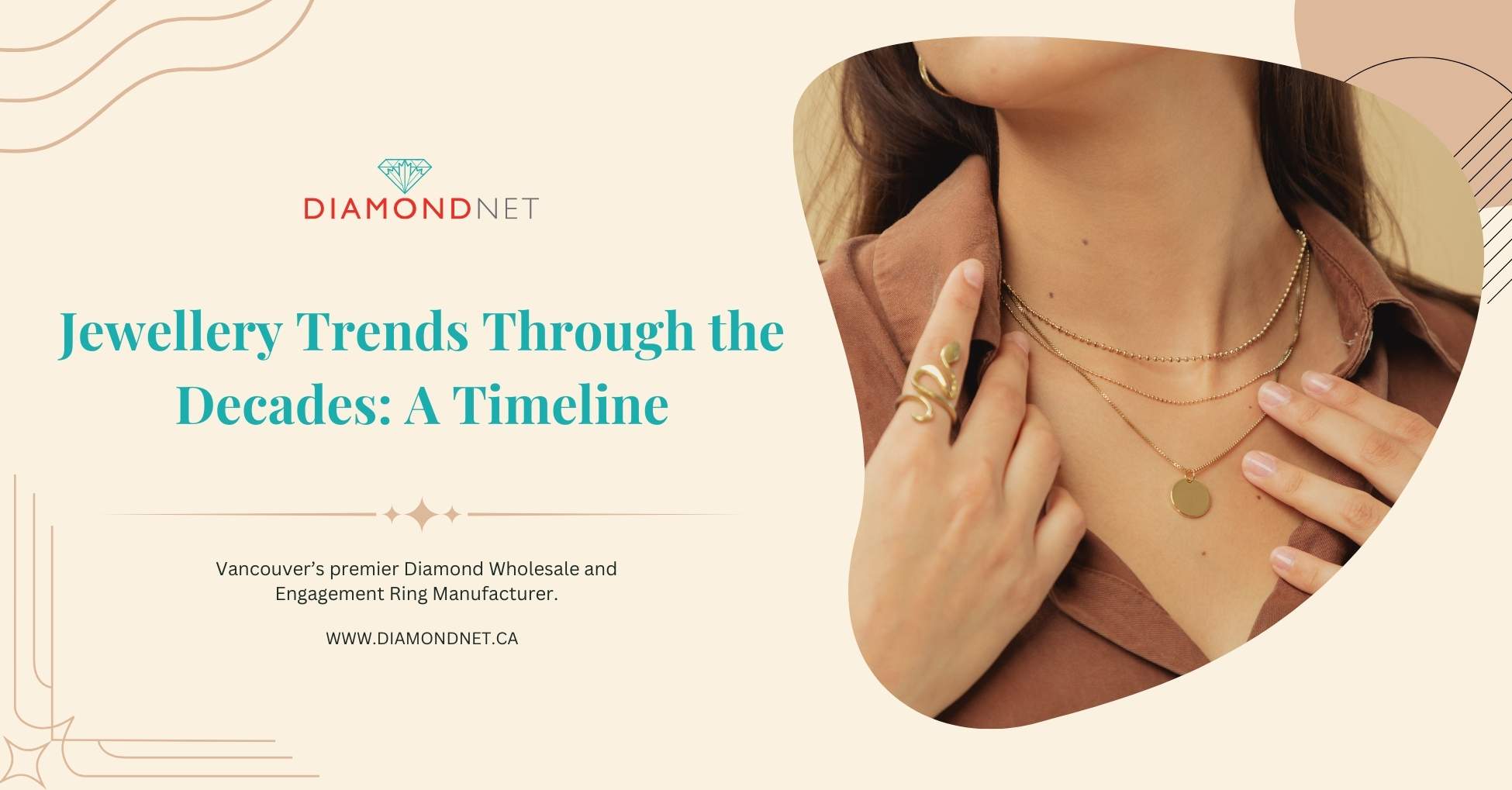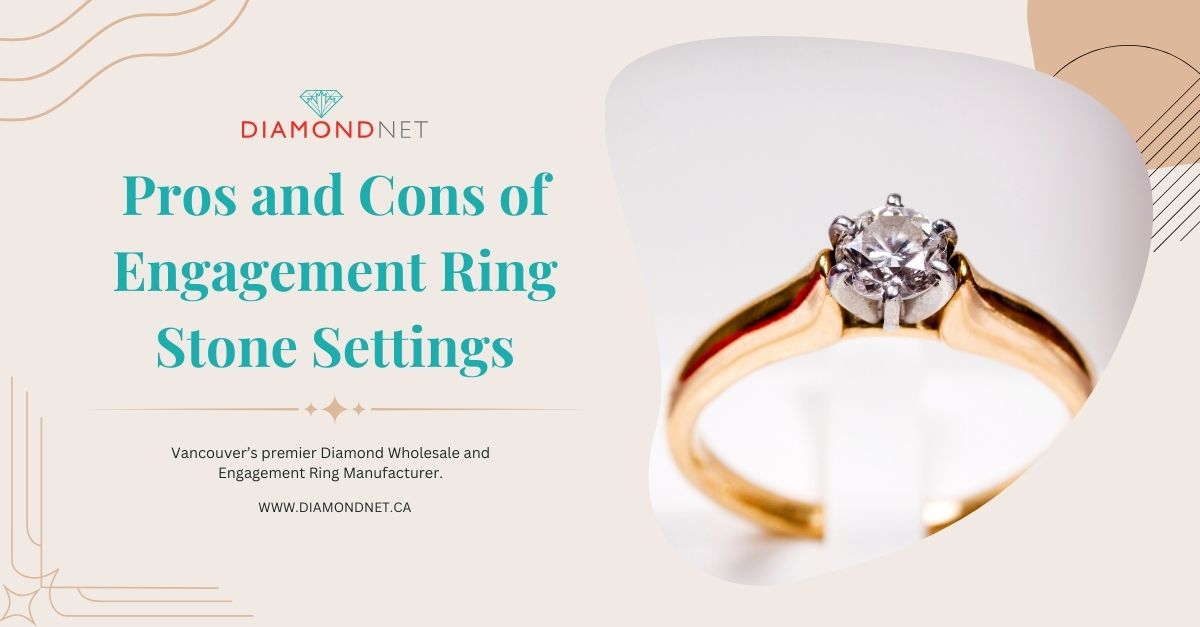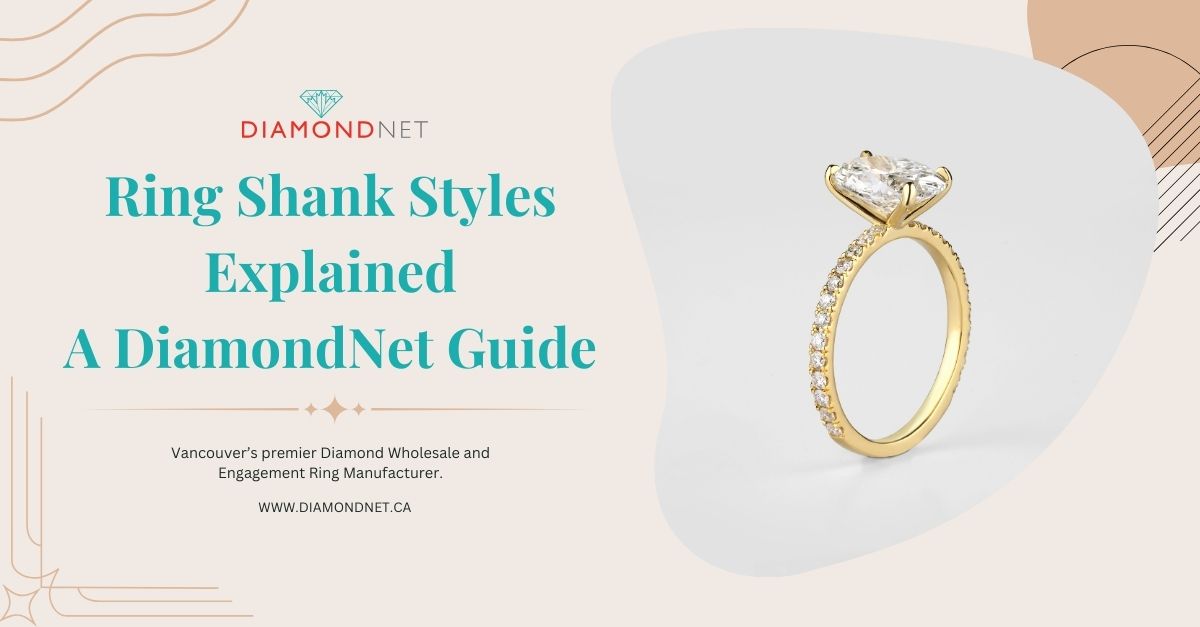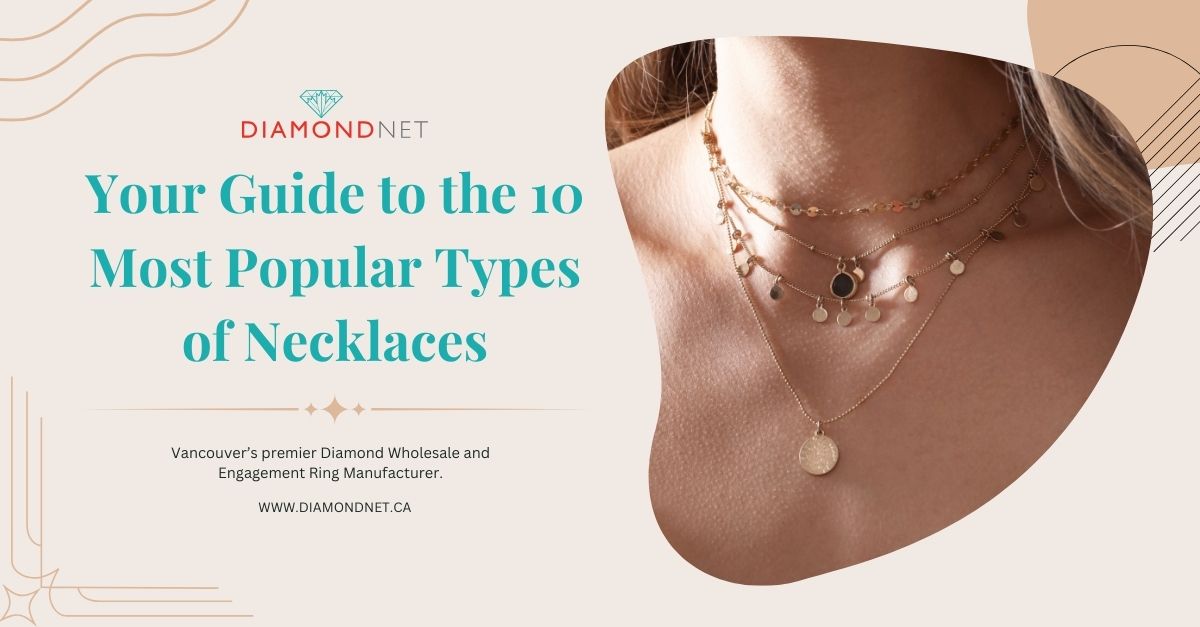The desire to adorn oneself with jewellery is a timeless interest that transcends borders and spans human history. The evolving world of jewellery design has been shaped by creative trends, societal shifts, and technological breakthroughs over the ages. These beautiful, wearable works of art capture the spirit of each era, evoking nostalgia and connecting the past to the present.
In this blog, we’ll take a journey through time, exploring key jewellery trends that have influenced fashion. From the Art Deco era to the modern minimalist movement, we’ll uncover the stories behind iconic pieces and the designers who redefined the industry.
Jewellery Styles by Decade: Trends Through the Ages
Jewellery styles have evolved through the decades, each era adding unique flair to fashion. From the Victorian era’s intricate opulence to the 1960s’ bold eclecticism and the 1990s’ minimalist elegance, each period has shaped jewellery design and reflects broader cultural shifts.
The Victorian Era: Opulence, Sentimentality, and Romance
Queen Victoria’s reign (1837–1901) inspired an era of romantic and ornate jewellery that expressed deep emotions of love, loyalty, and loss. During this period, jewellery was more than decoration; it carried symbolic meanings and personal significance.
Advances in gemstone sourcing introduced vibrant new stones, allowing for intricate designs that celebrated nature, with motifs reflecting floral and animal forms. Victorian jewellery became a way to capture sentimentality, mirroring the public’s fascination with nature and the Queen’s own passion for personal adornment.
Serpent Motifs
Representing eternal love, serpent-themed pieces became popular after Prince Albert proposed to Queen Victoria with a snake ring featuring an emerald—a symbol of wisdom and fidelity.
Mourning Jewellery
Following Prince Albert’s death in 1861, Queen Victoria’s mourning sparked demand for somber jewellery crafted from jet, onyx, and black enamel, often inscribed with initials or dates as remembrances.
Colorful Gemstones
Discoveries of stones like amethyst, citrine, and turquoise added vibrant colour to Victorian jewellery, with brooches, necklaces, and earrings showcasing nature-inspired designs.
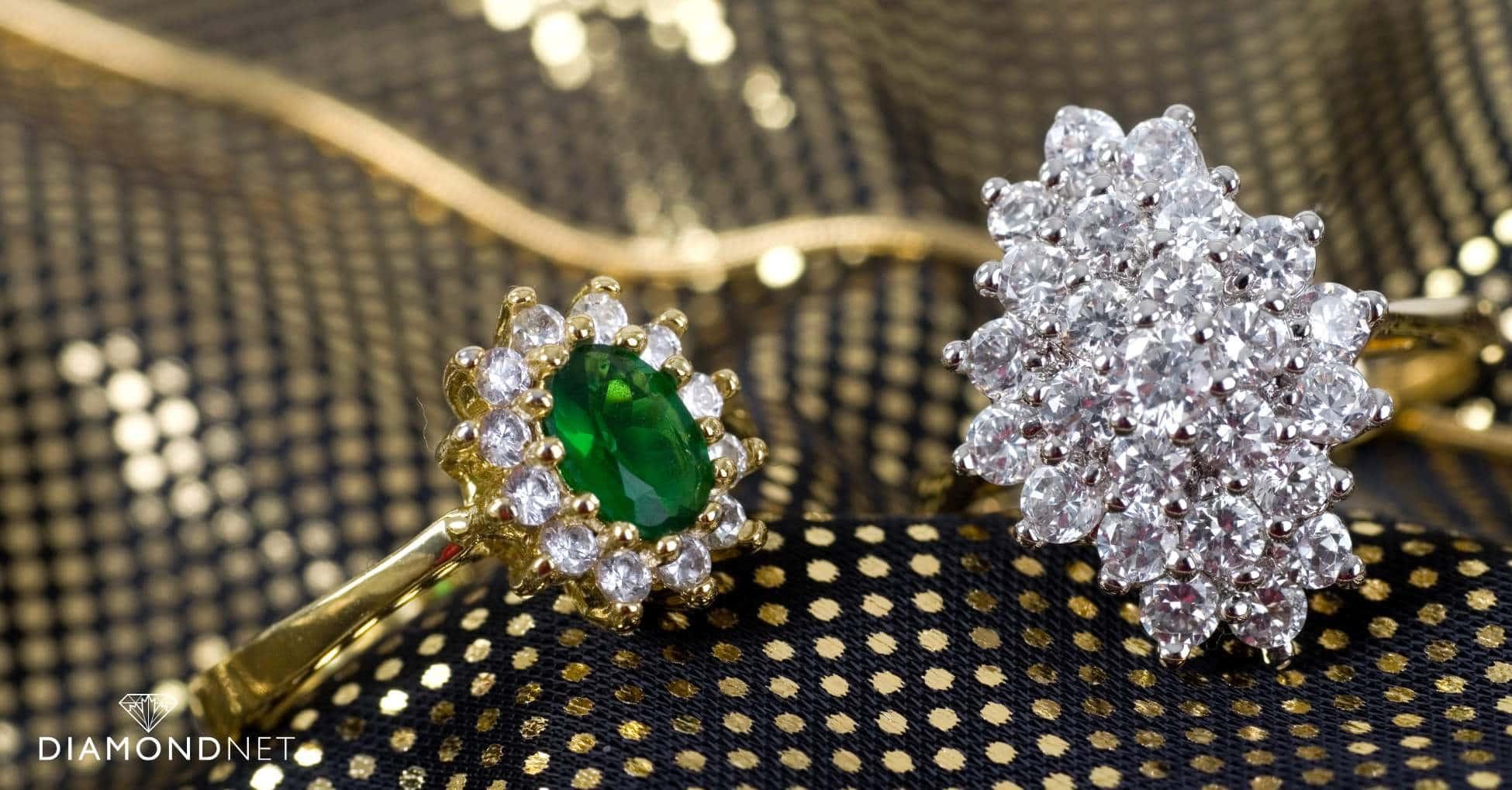
The Art Deco Era: A Celebration of Luxury and Geometric Shapes
The 1920s brought about a jewellery revolution with Art Deco, where bold geometric shapes, bright colours, and innovative materials became central. This era celebrated luxury and modernity, moving away from the intricate styles of previous decades.
Influenced by global exploration and discoveries, like the opening of King Tutankhamun’s tomb, Art Deco designs incorporated exotic motifs and striking symmetry, reflecting a confident, forward-looking approach to fashion.
Geometric Designs
Inspired by movements like Cubism and the Machine Age, Art Deco jewellery featured straight lines, circles, and symmetrical patterns that celebrated order and modern style.
Platinum and Diamonds
As metalwork techniques advanced, platinum became widely used, supporting intricate diamond settings that allowed jewelers to create delicate yet striking pieces.
Egyptian Motifs
The 1922 discovery of King Tutankhamun’s tomb sparked fascination with Egyptian symbols, and designers incorporated scarabs, hieroglyphics, and pyramids for an exotic allure.
The Mid-Century Modern Era: Bold Statements and New Materials
Post-war optimism in the mid-20th century ushered in a focus on individuality and glamour in jewellery. Statement pieces became popular, with designers embracing large gemstones, vibrant colours, and new materials that allowed for creative expression.
Technological advancements introduced synthetic gemstones and innovative alloys, making high-fashion jewellery more accessible. This era redefined jewellery as a fashion staple, thanks to designers like Coco Chanel, who popularized costume jewellery as a versatile and affordable luxury.
Statement Pieces
Jewellery from this period showcased large, colourful gemstones in bold arrangements, capturing the confidence and glamour of the time.
New Materials
Technological advances introduced synthetic gemstones, alloys, and plastics, making creative and affordable designs possible.
Iconic Designers
Designers like Coco Chanel popularized costume jewellery with faux pearls, crystals, and gold-plated metals, making high-fashion jewellery accessible to a broader audience.
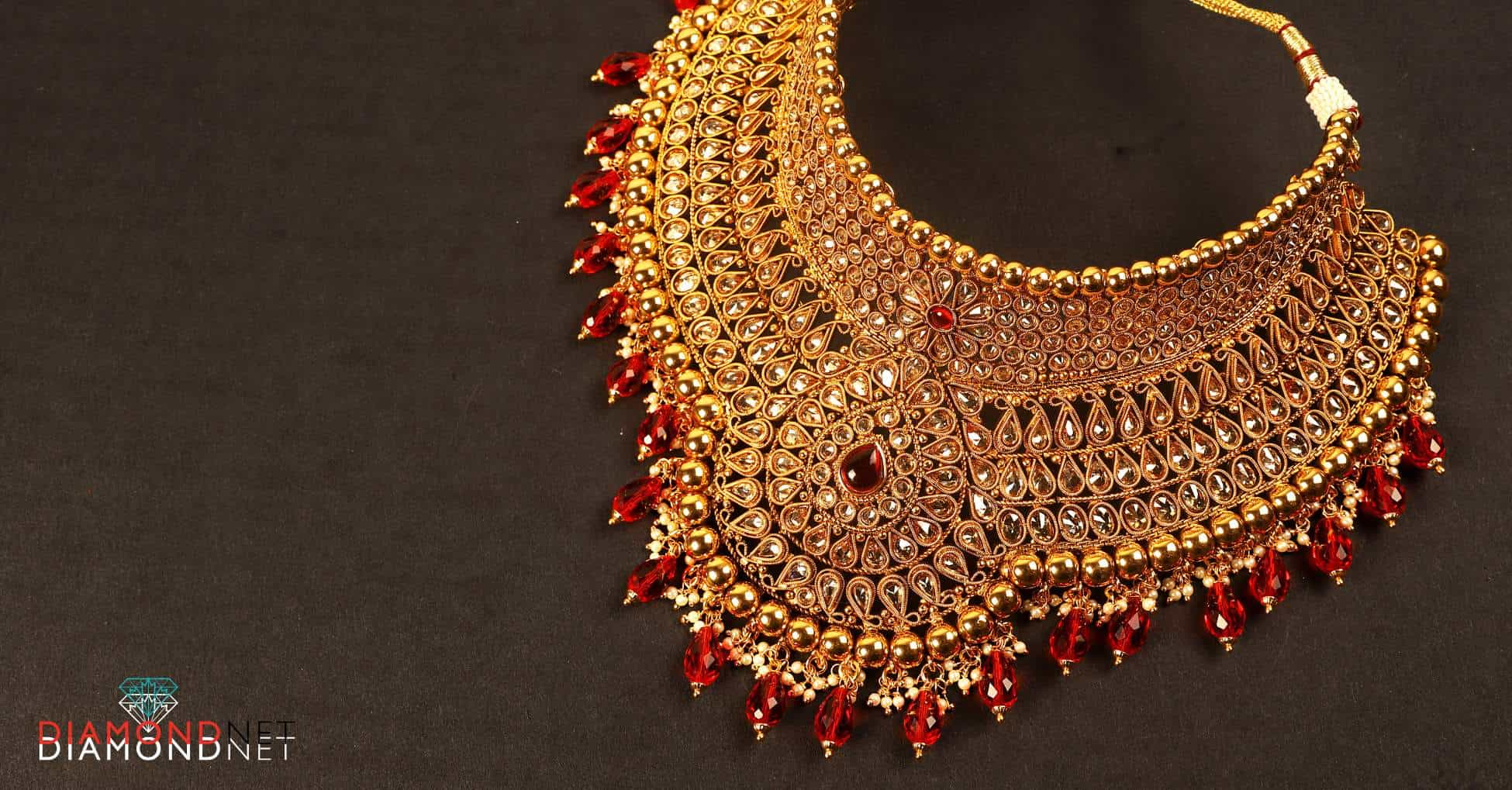
The 1960s and 1970s: Bohemian Influence and Experimentation
The 1960s and 1970s saw a cultural shift toward freedom and self-expression, which inspired jewellery designs rooted in nature, peace, and eclecticism. Bohemian styles emerged, featuring organic shapes and natural materials like wood, leather, and beads.
As global travel grew, jewellery design embraced influences from African, Indian, and Indigenous cultures, bringing a mix of symbolic charms and earthy aesthetics into mainstream fashion. Jewellery in these decades reflected a new openness and appreciation for diversity.
Bohemian Styles
Inspired by nature and Eastern philosophies, jewellery from this era featured organic shapes, natural materials like wood and leather, and symbols such as flowers and peace signs.
Bold, Colorful Pieces
The 1970s embraced vibrant, oversized pieces, with chunky necklaces, enamel rings, and statement earrings capturing the era’s psychedelic energy.
Global Influences
Ethnic elements gained popularity as African, Indian, and Native American motifs brought intricate metalwork and symbolic charms into mainstream jewellery.
The 1980s and 1990s: Power and Minimalism
The 1980s was a decade of bold, statement-making jewellery that complemented power dressing in fashion. Large geometric shapes, gold chains, and striking accessories captured the opulence and ambition of the era.
In contrast, the 1990s shifted toward minimalist designs, influenced by a pared-back aesthetic. Jewellery became more subtle, with fine, stackable pieces and clean lines that matched the rise of understated elegance. This period saw brands like Tiffany & Co. solidify their status as icons of timeless style.
Power Dressing (1980s)
This era celebrated opulence with large geometric earrings, chunky gold chains, and extravagant brooches that paired with the bold colours and structured silhouettes of power suits.
Minimalism (1990s)
The 1990s favoured understated jewellery, with simple stud earrings, delicate necklaces, and stackable rings reflecting a pared-back, versatile aesthetic.
Designer Influence
Iconic brands like Tiffany & Co. and Cartier rose to prominence, with designers like Elsa Peretti and Paloma Picasso introducing timeless collections.
The 21st Century: Personalization and Sustainability
Today, jewellery has become a means of personal expression and reflects modern values of sustainability. Many seek custom, meaningful pieces—whether through engraving, birthstones, or 3D-printed designs—that carry personal significance.
Ethical sourcing and eco-friendly practices are central to contemporary jewellery, with consumers favouring recycled metals and responsibly sourced gemstones. This era also embraces a mix of high-end and casual pieces, offering flexibility and creativity in everyday style.
Personalized Jewellery
Modern consumers seek unique, meaningful pieces, from engraved designs to birthstone rings, with 3D printing and laser engraving making custom creations accessible.
Sustainable Practices
A focus on ethically sourced gemstones, recycled metals, sustainable jewellery, and eco-friendly production aligns with growing consumer awareness of environmental impact.
Mixing High and Low
Today’s jewellery trends blend high-end pieces with more affordable, everyday items, allowing for a versatile, personalized style. This mix of fine and costume jewellery lets wearers create a unique look that combines luxury with accessible fashion, reflecting a modern approach to self-expression.
Timeless Elegance at DiamondNet
At DiamondNet, we believe jewellery speaks volumes about individuality and captures cherished moments. Our carefully curated collection blends classic elegance with contemporary style, offering pieces to suit any personality. Let DiamondNet’s experts help you find exactly what you’re looking for.
